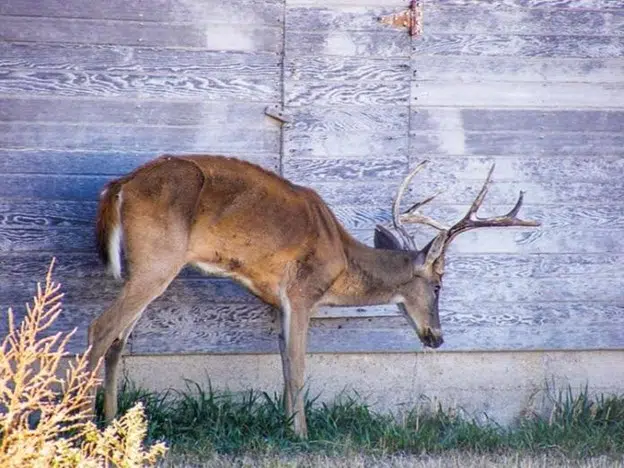
Five more suspected cases of chronic wasting disease have been discovered in deer harvested by hunters on private land in Tensas Parish. This comes after a second case of CWD was confirmed last month. The first CWD-positive case in Tensas Parish was confirmed in January of last year, and the area has been under heightened surveillance since a case was found in Issaquena County, Mississippi, in 2018. State Wildlife Veterinarian Jim LaCour said the Louisiana Department of Wildlife and Fisheries (LDWF) is working on zeroing in on the outbreak.
“We’re getting more and more samples in a more and more concentrated area, and we’re kind of zeroing in on the main area of the CWD infection of deer in Louisiana.”
CWD is a neurodegenerative disease caused by an infectious, misfolded protein particle, and it is 100 percent fatal to deer after an indeterminate incubation period. Infected deer may show signs of weight loss, salivation, frequent drinking and urination, and a lack of fear of people. CWD has not been found to be contagious to humans, but the Center for Disease Control and World Health Organization recommend against human consumption of deer known to be positive. LaCour said the LDWF provides free testing for hunters across the state.
“Anyone hunting in an area where CWD has been found should have their deer tested prior to consumption.”
Testing is performed on the brainstem and lymph nodes of the head, meaning the head and five inches or more of the neck may be removed and submitted to the LDWF for testing, and hunters may remove the antlers and skull plate prior to testing if desired. LaCour said coolers will be placed throughout the CWD Control Area for hunters to submit samples, and testing results across the state will be posted on the LDWF website. LaCour hopes the efforts of hunters and biologists across the state will help to manage the spread of the disease.
“We’re just helping those landowners where they’re finding it to manage their deer heard and do what we can to mitigate the spread of chronic wasting disease throughout Louisiana.”







Comments